Creating a map of the most complicated terrain in the universe requires a host of special technologies.
Category: mapping – Page 43
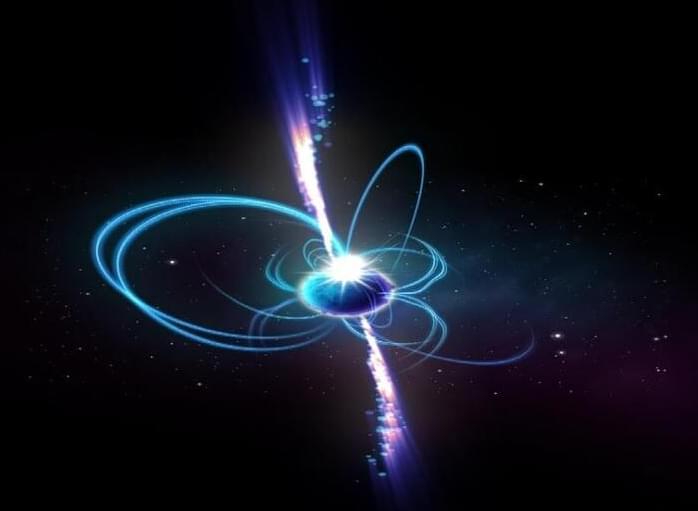
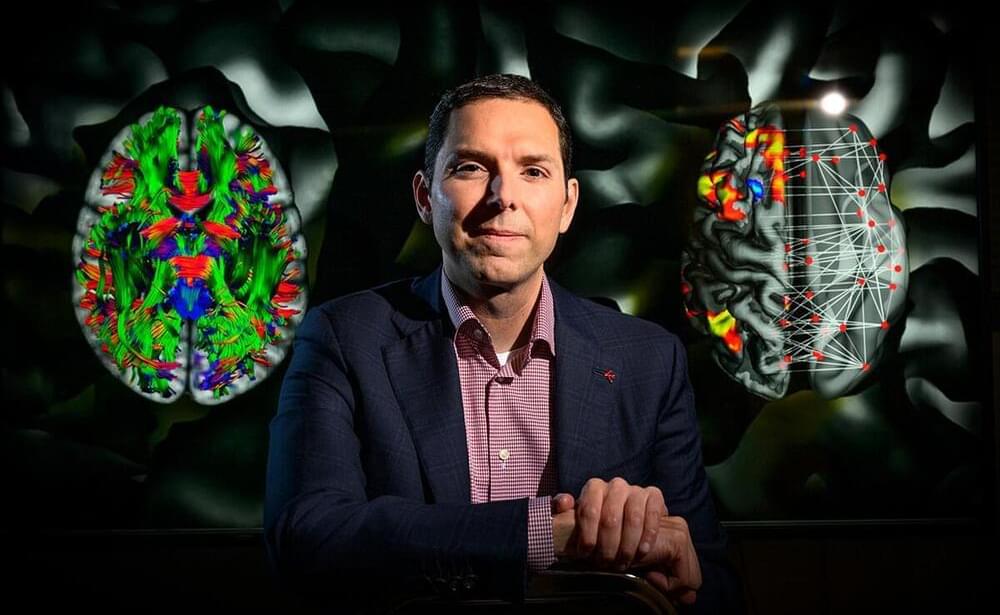
Network neuroscience theory best predictor of intelligence, study finds
Scientists have labored for decades to understand how brain structure and functional connectivity drive intelligence. A new analysis offers the clearest picture yet of how various brain regions and neural networks contribute to a person’s problem-solving ability in a variety of contexts, a trait known as general intelligence, researchers report.
They detail their findings in the journal Human Brain Mapping.
The study used “connectome-based predictive modeling” to compare five theories about how the brain gives rise to intelligence, said Aron Barbey, a professor of psychology, bioengineering and neuroscience at the University of Illinois Urbana-Champaign who led the new work with first author Evan Anderson, now a researcher for Ball Aerospace and Technologies Corp. working at the Air Force Research Laboratory.
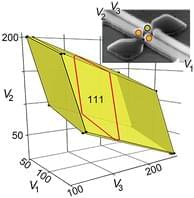
Autonomous Estimation of High-Dimensional Coulomb Diamonds from Sparse Measurements
In spin-based quantum processors, each quantum dot of a qubit is populated by exactly one electron, which requires careful tuning of each gate voltage such that it lies inside the charge-stability region (the “Coulomb diamond’‘) associated with the dot array. However, mapping the boundary of a multidimensional Coulomb diamond by traditional dense raster scanning would take years, so the authors develop a sparse acquisition technique that autonomously learns Coulomb-diamond boundaries from a small number of measurements. Here we have hardware-triggered line searches in the gate-voltage space of a silicon quadruple dot, with smart search directions proposed by an active-learning algorithm.

Major tech companies join hands to kill Google’s dominance in maps
Powered by Linux, this will be an open-source initiative.
PressureUA/iStock.
Other tech companies, such as Microsoft as well as Apple, have attempted to break this dominance but have fallen exceedingly short of user expectations. Even though Google Maps are not 100 percent accurate, it is the best available product out there, and now major technology companies want to take on the beast together.
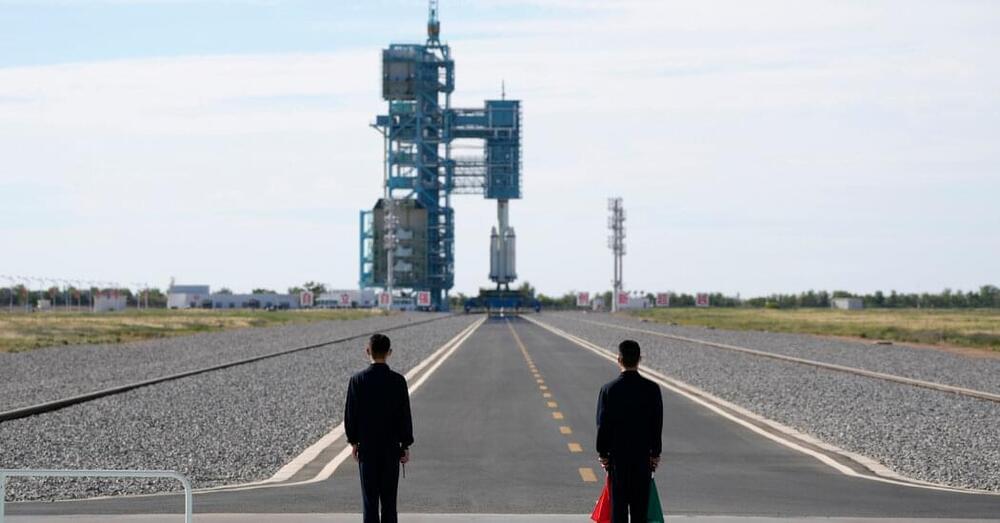
China Maps Out Plans to Put Astronauts on the Moon and on Mars
While grand spaceflight plans of some nations have ended up many years behind schedule, China completed the assembly in orbit of its Tiangong space station in late October, only 22 months later than planned. And on Nov. 29, the Shenzhou 15 mission blasted off from China’s Jiuquan Satellite Launch Center deep in the Gobi Desert and took three astronauts to the space station to begin permanent occupancy of the outpost.
These human spaceflight achievements, combined with recent space probes to the moon and Mars, add to the evidence that China is running a steady space marathon rather than competing in a head-to-head space race with the United States. That China’s space program is making good time toward its long-term goals was reinforced during a rare visit for foreign media to the country’s heavily guarded desert rocket base for the Nov. 29 launch — including lengthy interviews with senior Chinese space officials by in for The New York Times.
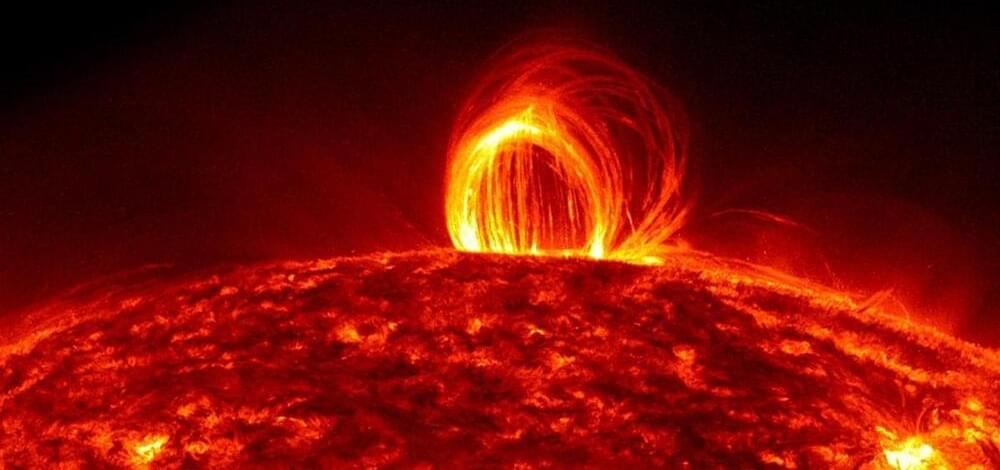
A trio of satellites could take a groundbreaking 360-degree photo of the sun
We still don’t have a clear picture of the Sun’s physics — but the Solar Ring could change that.
To solve this a team of astronomers proposes the Solar Ring. The Solar Ring is a fleet of three spacecraft that will all orbit around the Sun. They will be separated from each other by 120 degrees and be fitted with identical instruments. This way their overlapping fields of view will make it impossible for us to miss anything happening on the surface.
Among the many kinds of observations that the astronomers behind the Solar Ring hope to perform, one involves a technique called reverberation mapping. By carefully mapping the velocity of gas on the surface of the Sun, they can measure vibrations and pulsations. These kinds of “sunquakes” give astronomers rich information about what is happening within deeper layers, much like how earthquakes tell us about the core and mantle of the Earth.
The Solar Ring will also be able to catch the beginnings of a solar flare or an eruption event no matter where it happens on the Sun, providing even more early warning for space weather. These kinds of plasma storms can disrupt satellites and even affect electrical systems on the Earth’s surface, so the more warning, the better.


Brain mapping in mice may explain why pain makes us lose our appetite
Examinations using microscopes confirmed that these neurons were active in the mice with chronic pain. When the researchers used chemicals to stop the neuronal activity in this cortex, the mice’s appetites improved.
Similarly, when the researchers used chemicals to activate these neurons in mice that weren’t in pain, the animals ate less, even if they had been deprived of food before the experiment.
This is the first time that researchers have traced the brain mechanisms behind pain-related appetite loss, the researchers wrote.
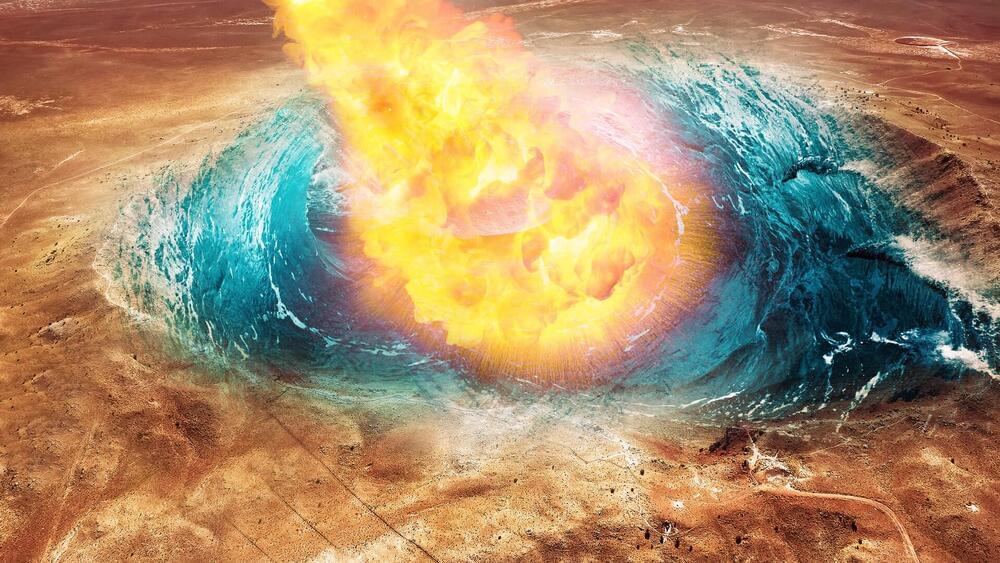
Megatsunami on Mars linked to an asteroid strike 3.4 billion years ago
The event is likened to the Chicxulub collision on Earth.
A study has found that the megatsunami that swept Mars around 3.4 billion years ago was caused by an asteroid strike on one of its oceans. The event is compared to the likes of the Chicxulub collision—which is believed to have wiped out dinosaurs from the face of the earth about 66 million years ago.
Researchers, led by Alexis Rodriguez of the Planetary Science Institute in Arizona, have also suggested that NASA’s Viking 1 Lander, which was deployed on a mission to find evidence of life on Mars in 1976, could have landed near the crater of this megatsunami.
Michalz86/iStock shannonstent/iStock Dominic Jeanmaire/iStock.
The new study published in the journal Scientific Reports analyzed “maps of Mars’ surface, created by combining images from previous missions to the planet, and identified an impact crater that could have caused the megatsunami,” as mentioned in the press release.